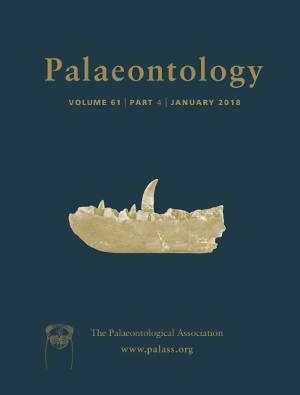Reg. Charity No. 1168330

The southern supercontinent of Gondwana was home to an extraordinary diversity of stem‐crocodylians (Crocodyliformes) during the Late Cretaceous. The remarkable morphological disparity of notosuchian crocodyliforms indicates that this group filled a wide range of ecological roles more frequently occupied by other vertebrates. Among notosuchians, the distinctive cranial morphology and large body sizes of Baurusuchidae suggest a role as apex predators in ecosystems in which the otherwise dominant predatory theropod dinosaurs were scarce. Large‐bodied crocodyliforms, modern and extinct, are known to have reached large sizes by extending their growth period. In a similar way, peramorphic heterochronic processes may have driven the evolution of the similarly large baurusuchids. To assess the presence of peramorphic processes in the cranial evolution of baurusuchids, we applied a geometric morphometric approach to investigate ontogenetic cranial shape variation in a comprehensive sample of notosuchians. Our results provide quantitative morphological evidence that peramorphic processes influenced the cranial evolution of baurusuchids. After applying size and ancestral ontogenetic allometry corrections to our data, we found no support for the action of either hypermorphosis or acceleration, indicating that these two processes alone cannot explain the shape variation observed in Notosuchia. Nevertheless, the strong link between cranial shape variation and size increase in baurusuchids suggests that peramorphic processes were involved in the emergence of hypercarnivory in these animals. Our findings illustrate the role of heterochrony as a macroevolutionary driver, and stress, once more, the usefulness of geometric morphometric techniques for identifying heterochronic processes behind evolutionary trends.